In October, Halloween bats and other spooky decorations appear. But for many of Missouri’s real bats, October is mating season. During this month, little brown bats and other cave-hibernating species will gather nightly near cave and mine entrances to participate in an activity known as swarming. This social, prehibernation behavior involves flying into and out of the hibernation sites and circling near the entrance. The majority of mating activity occurs during fall swarming, even though young are not born until late spring or early summer.
As temperatures drop over the next several weeks, swarming behavior will give way to hibernation, and cave bats will congregate in caves and mines to escape winter’s deadly cold. Unfortunately, many may succumb to a killer known as white-nose syndrome (WNS) before spring.
WNS Threatens Cave Bats and Their Ecosystems
White-nose syndrome targets bats, and its methods of destruction rival those of any Halloween monster.
WNS is an alien invader. It’s caused by the fungus Pseudogymnoascus destructans (Pd), which was likely introduced to the United States from Eurasia about 10 years ago. This coldloving fungus infects the exposed tissues — mainly the nose, ears, and wings — of hibernating cave bats, producing a fuzzy white growth. Worse, it disrupts the bats’ hydration and hibernation cycles. Agitated, thirsty, and hungry, infected bats leave their hibernacula (caves or mines where bats gather to hibernate) to seek water and food in the worst part of winter. Eventually, exhausted and dehydrated, many freeze or starve to death.
The Pd fungus spreads mainly from bat to bat, especially during hibernation when thousands come into close contact with each other. The fungus doesn’t appear to profoundly affect bats in its native Eurasia, and it is not known to affect other animals or humans at all. But it has proven devastating for cave bats in North America. Since its appearance in New York State in 2006, it has killed over 5.7 million bats in 26 states and five Canadian provinces. Biologists report heartbreaking discoveries of mass deaths in and near caves where WNS has struck. They have found piles of bat bones and fur so large and jumbled that counting individual victims is virtually impossible. In most sites, however, carcasses are never found, but the numbers of hibernating bats decline precipitously.
As the Bat Conservation International website (batcon.org) notes,
“The impact of this disease is unprecedented. Since bats are the primary predators of night-flying insects, we can expect to see significant ecosystem changes in the coming years.”
We may also expect to see changes in food yields and possibly in food prices. The value of bats to the U.S. agricultural industry is estimated at $23 billion a year. Without bats to provide free insect control, farmers will have to find and pay for other ways to control crop pests. These costs will most certainly be passed along to shoppers.
New Treatment Offers Hope
Last May, cave bats and people who appreciate their role in nature finally got a bit of good news. Georgia State University research scientist, Dr. Chris Cornelison, and Dr. Sybill Amelon, a research wildlife biologist with the U.S. Forest Service based in Columbia, Missouri, developed an experimental treatment from the native soil bacterium, Rhodococcus rhodochrous. This treatment proved to inhibit Pd fungus growth, and scientists applied it to bats that had been infected with WNS last winter.
To do this, they placed infected, hibernating bats and Petri plates containing the soil bacterium strain in large coolers for 48 hours. As a result, the bats showed signs of better health and increased survival this spring. To celebrate this milestone, a group of collaborating biologists, bat conservationists, and supporters gathered at the Mark Twain Cave complex in Hannibal on May 19 to release several treated bats back into the wild.
Event participants said, while more research is needed before scientists know whether the treatment is widely effective, they are “very encouraged.” Department of Conservation Resource Scientist Tony Elliott, who participated in efforts to collect and treat infected bats, says that the results mark “a good first step” in the effort to find a cure. “We’re trying to walk a fine line between optimism and evidence,” Elliott says. “This first trial provides hope, but we can’t call it a cure yet. The treatment looks like it helped hibernating bats make it through one winter. But we don’t know if it will help them survive following winters. They could get re-infected.”
However, Elliott says that reports out of the Northeast suggest that long-term survival and recovery are possible. This is encouraging, “but we’ve started seeing some regional level declines,” he says. “It would be surprising if this treatment can strengthen local bat populations quickly enough to prevent rapid decline across Missouri.”
You Can Help
Time will tell whether the new treatment (or others now being researched and developed) can help reduce WNS’s impact on bat populations.
Meanwhile, everyone can do a little bit to help Missouri’s bats stay strong and healthy during their active months, so they can go into hibernation in the best possible shape.
Cave Responsibly
When Pd appeared in Missouri in 2010, the Department restricted access to conservation area caves that were then open to public use. In fact, all but a few public caves in Missouri currently require access permits for entry.
If you do enter caves, avoid entering those with significant bat populations during winter months. Disturbing hibernating bats can cause them to use up the fat reserves they need to survive the winter, especially when they are already stressed by WNS. Always disinfect hard-surface gear with bleach or other household cleaner and submersible gear in hot water at 122 F before and after trips to avoid the possibility of contributing to the spread of the Pd fungus.
Choose, Install, and Maintain Good Bat Houses
The majority of bats that hibernate in caves actually roost in trees and other structures during the spring and summer. You can help them survive winter by giving them a safe,
secure place to live and feed during their active months. As Elliott says, “A stable, reliable location in summer helps them be as healthy as they can be for winter.”
Use these guidelines to research, buy, install, and maintain a bat-worthy bat house on your property:
- The larger the bat house, the better, and the more microclimates it offers.
- Place the bat house in an open area. This gives bats the space they need to enter and exit. A tree trunk is almost always too shaded.
- Bat pups can’t regulate their body temperatures. To stay active and growing, they need a house that’s sunny and warm — but not too warm. If you’re comfortable having bats near your house, attach the bat house to a sunny east or southeast exposure. Before you do, be sure to check your house for cracks and holes, especially around the attic.
- If you’re not comfortable attaching the bat house to your house, put it on poles or on a structure that’s at least 15 feet high. The best arrangement is to hang the bat house between two sturdy poles or posts. Clean it out every year. Mud daubers, in particular, like to use bat houses.
- Join a Bat Conservation Group and Support WNS Research Scientists at Georgia State University and elsewhere were able to expand their research in part through funding and support from nonprofit organizations like Missouri Bat Census (facebook.com/MissouriBatCensus), Bat Conservation International (batcon.org), and the Organization for Bat Conservation (batconservation.org).
How It Spreads
White-nose syndrome is caused by the cold-loving fungus Pseudogymnoascus destructans (Pd). The Pd fungus infects exposed tissue (nose, ears, and wings) of hybernating cave bats. The fungus is then transmitted primarily from bat to bat, especially during hibernation.
Bat Facts and Fallacies
Throughout history, bats have gotten a bad rap. Folk tales, literature, and horror films are full of stories about bats sucking human blood and being associated with witches and vampires. Here’s the truth about bats in Missouri.
· Bats don’t prey on humans. Only the vampire bat, a native of Mexico and Central and South America, drinks blood, usually from chickens, cows, horses, or goats. All species of Missouri bats eat flying insects.
· Bats can move into your house (especially attics) and other buildings if they find an opening. Make sure your house or outbuildings, especially the upper stories and attic, are sealed against nuisance wildlife, including bats, squirrels, and birds.
· Bats are not flying rodents. They have their own order, Chiroptera, which means, “hand-wing.” Although their exact placement in the animal kingdom is still uncertain, recent DNA evidence indicates they may be more closely related to primates (including humans).
· Bats are associated with rabies. In Missouri, they are the mammal most commonly infected with rabies. To be safe, never handle a bat with your bare hands, and see a doctor if you feel you’ve been exposed to the rabies virus in any way.
Send Us A Bat Signal
If you find a dead or dying bat during the winter (November to March) with obvious signs of white-nose syndrome — powdery white fuzz on the muzzle or wings — please let us know.
- Do NOT handle the bat. Try to scoop it up with a container or other hardsurfaced item. If you must handle the bat, wear THICK leather gloves. This protects you from possible exposure to rabies.
- Take a good digital photo.
- Email the photo, along with the location (GPS coordinates would be great), date, and time you saw it to Jeanette.Bailey@mdc.mo.gov or Jordan.Meyer@mdc.mo.gov. Details about whether you found the bat near a cave and if you saw other bats entering or exiting the cave will be useful, too. These reports help MDC and other researchers know where and to what extent WNS is affecting Missouri’s bats.
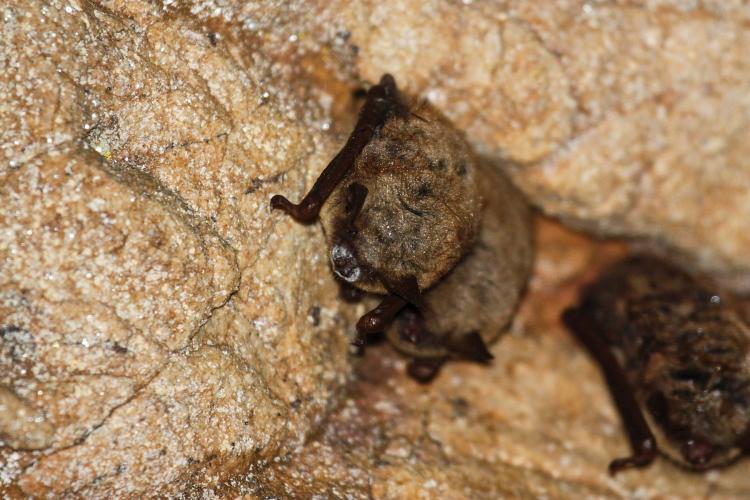
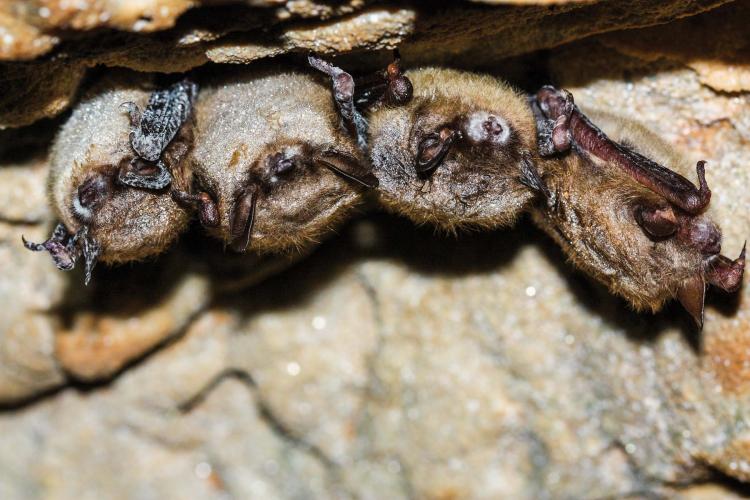
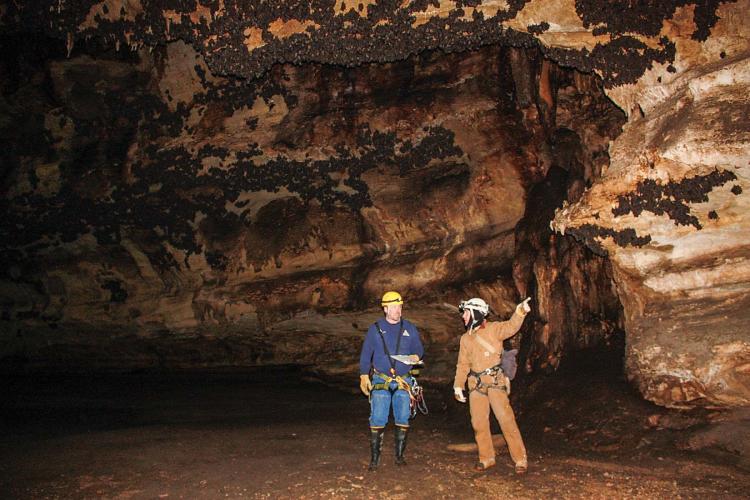

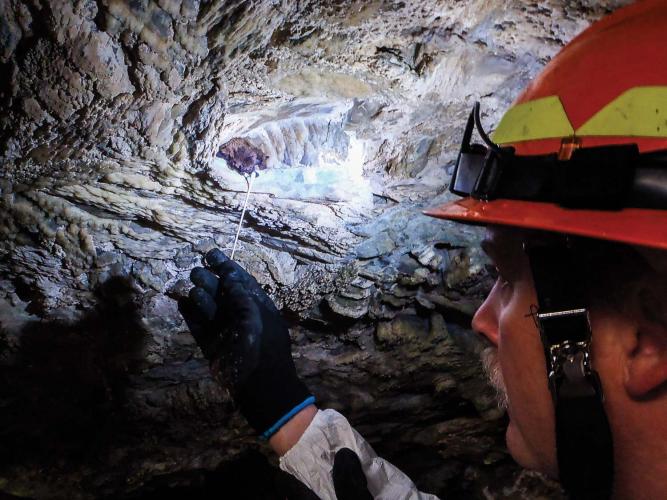
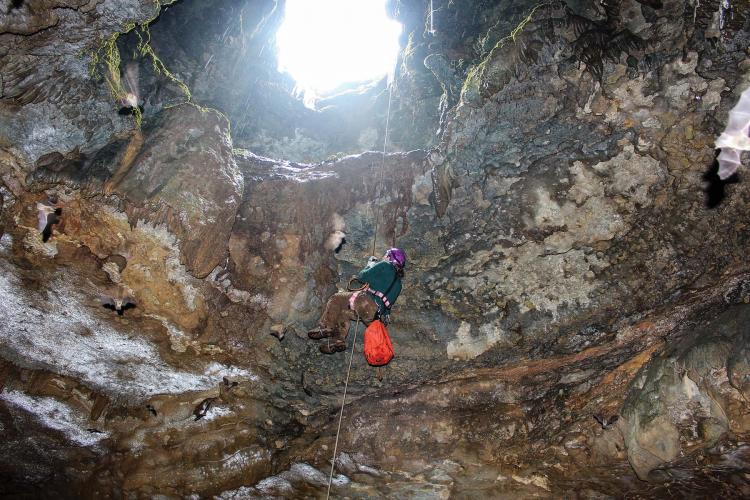
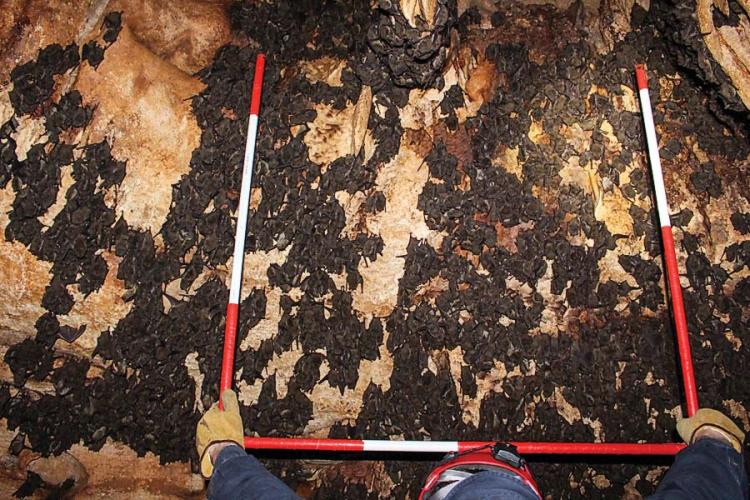
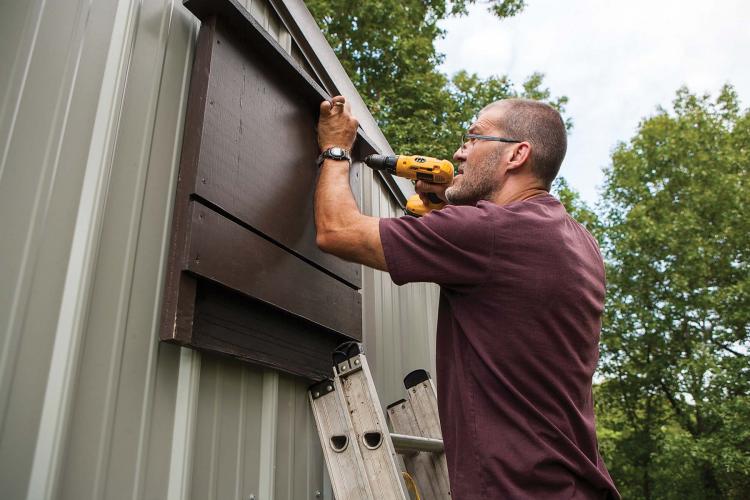
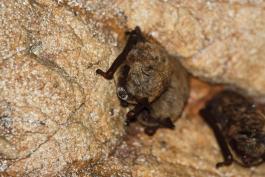
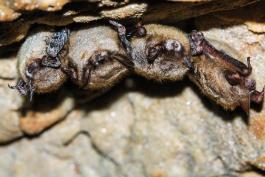

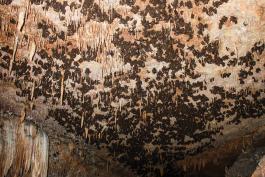
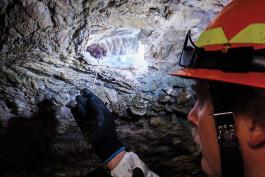
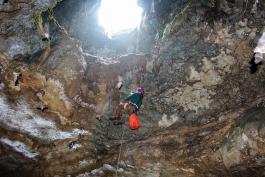
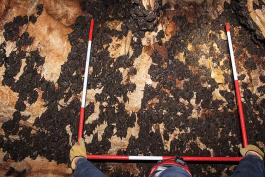

Also In This Issue
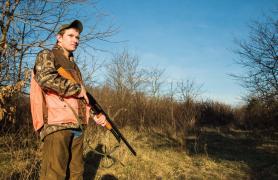

And More...
This Issue's Staff
Art Director - Cliff White
Associate Editor - Bonnie Chasteen
Staff Writer - Heather Feeler
Staff Writer - Kristie Hilgedick
Photographer - Noppadol Paothong
Photographer - David Stonner
Designer - Stephanie Thurber
Circulation - Laura Scheuler






















